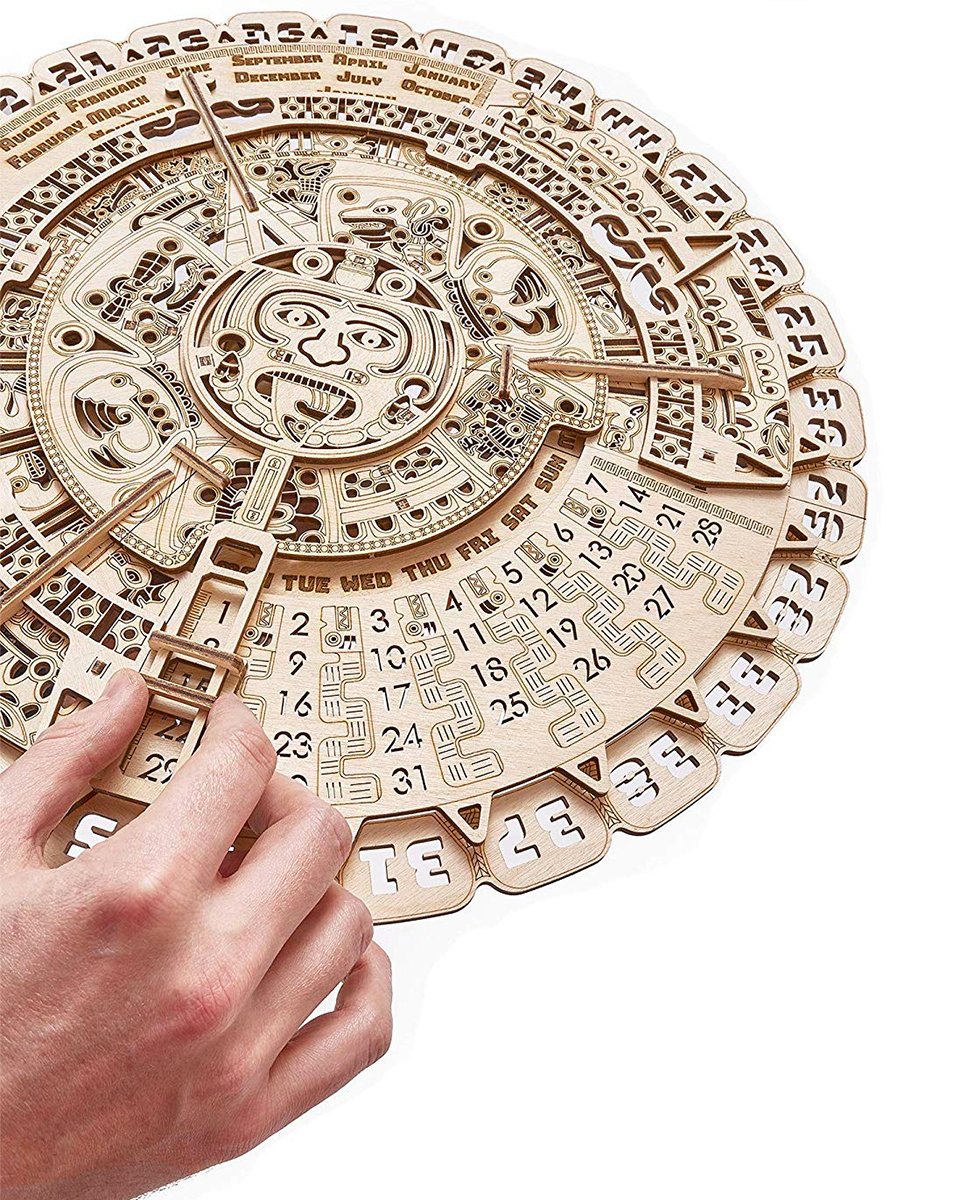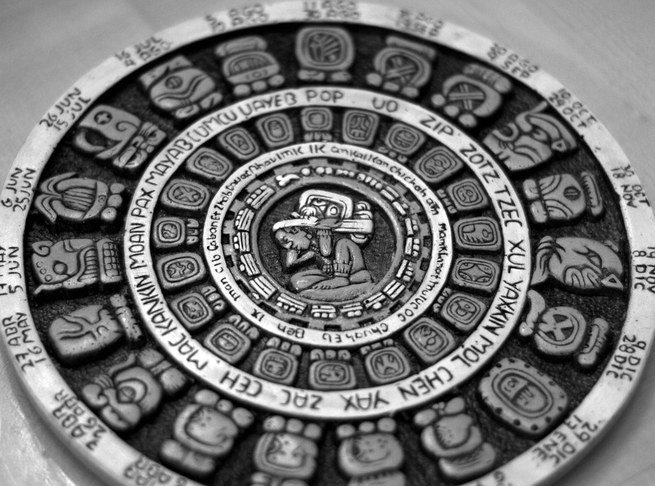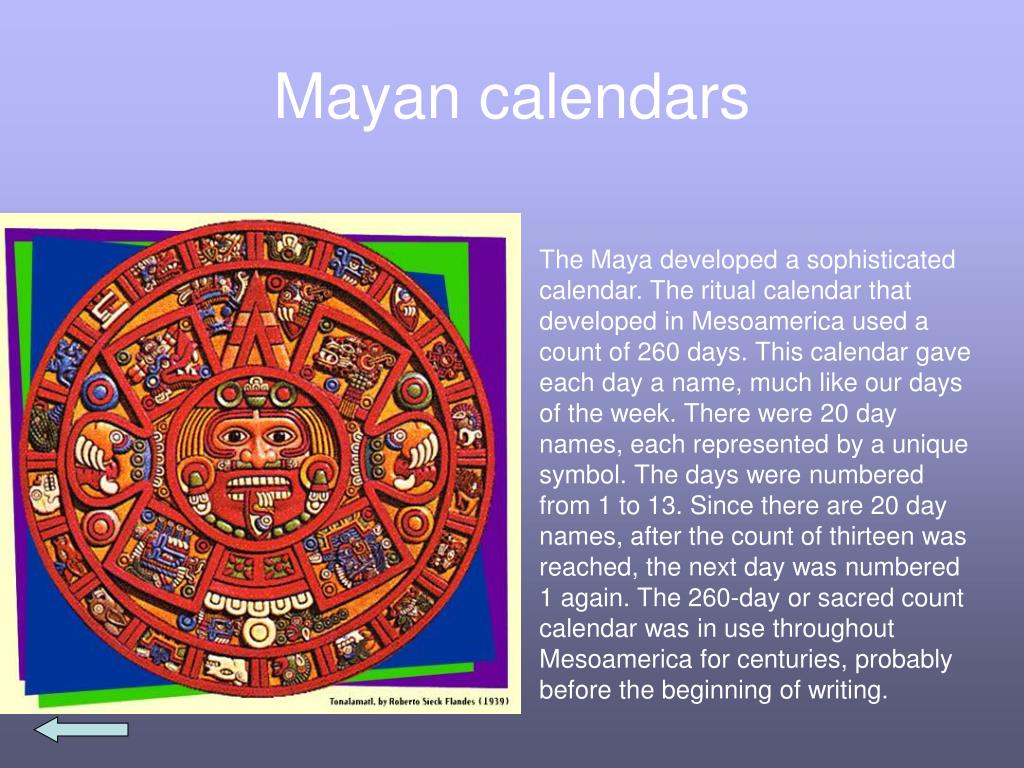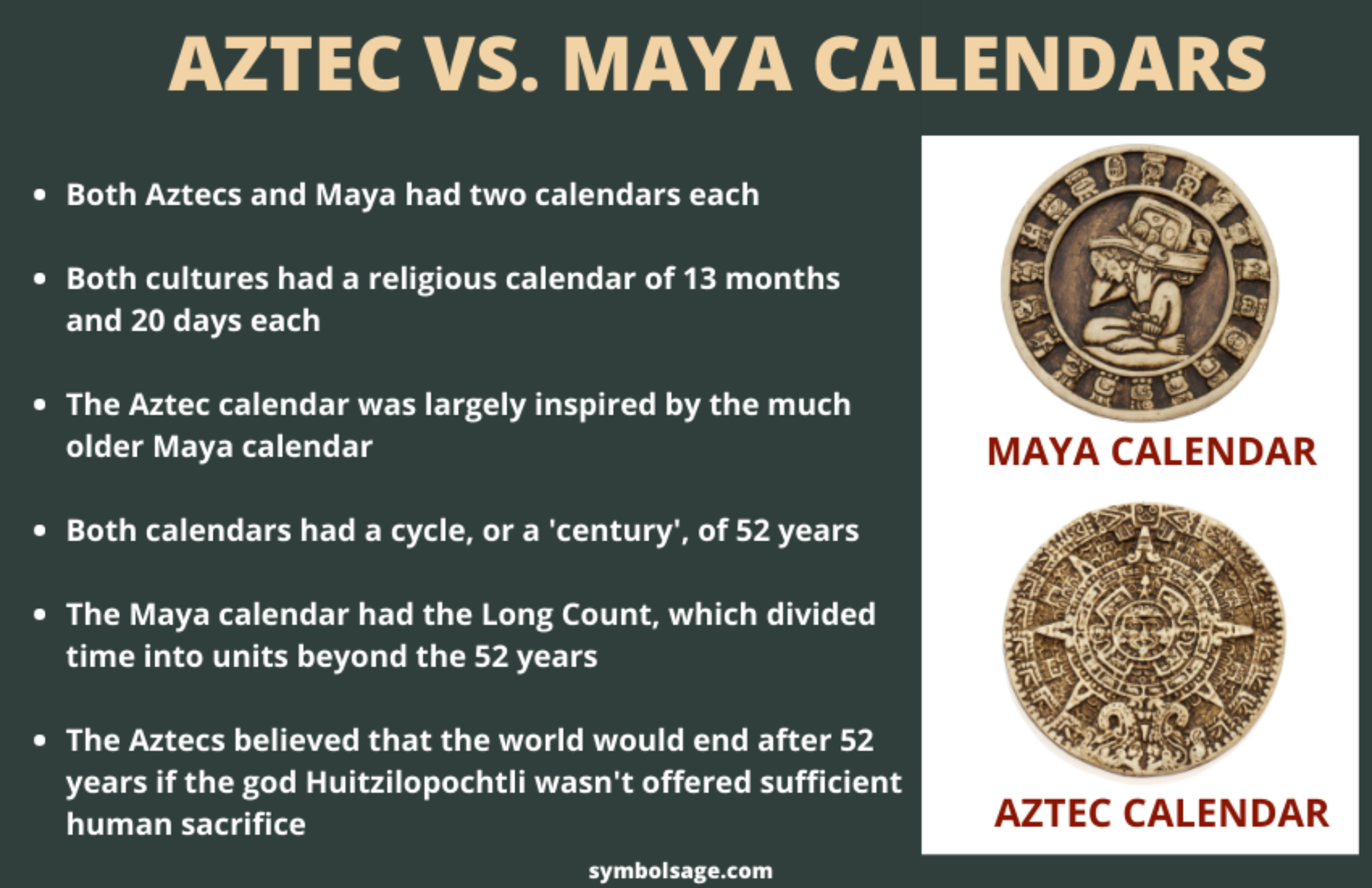A Story of Two Calendars: Evaluating the Mayan and Gregorian Programs
Associated Articles: A Story of Two Calendars: Evaluating the Mayan and Gregorian Programs
Introduction
On this auspicious event, we’re delighted to delve into the intriguing matter associated to A Story of Two Calendars: Evaluating the Mayan and Gregorian Programs. Let’s weave fascinating data and supply recent views to the readers.
Desk of Content material
A Story of Two Calendars: Evaluating the Mayan and Gregorian Programs

The Gregorian calendar, the globally dominant system for reckoning time, governs our day by day lives, shaping our schedules, holidays, and historic narratives. But, its reign isn’t absolute. For hundreds of years, different subtle calendrical programs existed, most notably the Mayan calendar, a posh and interesting system that continues to captivate and intrigue. Whereas vastly completely different in construction and philosophy, each the Mayan and Gregorian calendars supply precious insights into the human want to arrange and perceive the passage of time. This text will delve right into a comparative evaluation of those two distinct programs, exploring their buildings, underlying philosophies, and lasting legacies.
The Gregorian Calendar: A Product of Western Custom
The Gregorian calendar, named after Pope Gregory XIII who launched it in 1582, is a photo voltaic calendar primarily based on the Earth’s revolution across the solar. Its construction is comparatively easy: a yr contains one year, with a further leap day (February twenty ninth) added each 4 years to account for the roughly 0.25 days the Earth’s orbit exceeds one year. This intercalary year adjustment, nonetheless, is additional refined to exclude century years not divisible by 400, mitigating the accumulating error over time.
The Gregorian calendar is split into 12 months of various lengths, a legacy of the Roman calendar. It employs a seven-day week, a conference inherited from historical Mesopotamia, with every day named after celestial our bodies or deities. Its construction is linear and progressive, emphasizing a steady ahead march of time. The calendar’s widespread adoption is a testomony to the facility of the Roman Empire and the next affect of the Catholic Church. Its simplicity and comparatively correct monitoring of the photo voltaic yr facilitated world standardization, making it a sensible software for commerce, governance, and historic record-keeping.
Nevertheless, the Gregorian calendar’s simplicity can be its limitation. It lacks the intricate cyclical nature and cosmological significance embedded throughout the Mayan calendar. It focuses totally on the photo voltaic yr, neglecting different celestial cycles and the deeper non secular or philosophical views on time that characterised many pre-Columbian cultures.
The Mayan Calendar: A Tapestry of Cycles and Cosmos
The Mayan calendar isn’t a single calendar however a posh interaction of a number of interconnected cycles, reflecting a complicated understanding of astronomy and arithmetic. Essentially the most generally mentioned cycles are the Haab, the Tzolkin, and the Lengthy Rely.
-
The Haab (Imprecise 12 months): It is a photo voltaic calendar of one year, divided into 18 months of 20 days every, plus a five-day interval generally known as the Wayeb. The Wayeb was thought of an inauspicious interval, a time of transition and potential chaos, highlighting the Mayan understanding of cyclical change and the inherent unpredictability of nature.
-
The Tzolkin (Sacred Spherical): It is a ritual calendar of 260 days, consisting of 20 intervals of 13 days every. Every day is related to a selected quantity and a deity or image, creating a posh interaction of energies and influences. The Tzolkin was used for divination, ritual planning, and understanding the cyclical nature of life and cosmic occasions.
-
The Lengthy Rely: That is essentially the most important and complicated facet of the Mayan calendar. It measures time in an unlimited cycle of roughly 5,125 years, beginning at a legendary creation date. The Lengthy Rely is expressed utilizing a vigesimal (base-20) numerical system, creating a novel system of chronological reckoning. The top of 1 Lengthy Rely cycle, typically misinterpreted because the "finish of the world," marked a big transition, not an apocalypse.
In contrast to the Gregorian calendar’s linear development, the Mayan calendar operates by means of the interwoven cycles of the Haab, Tzolkin, and Lengthy Rely. These cycles work together to create a novel date each 52 years (the Calendar Spherical), additional emphasizing the cyclical nature of time and the interconnectedness of cosmic occasions. The Mayan calendar was not merely a software for scheduling; it was an integral a part of their worldview, reflecting their deep understanding of the cosmos and their place inside it. The intricate arithmetic and astronomical observations embedded throughout the system exhibit a exceptional stage of scientific and mental sophistication.
A Comparative Evaluation: Construction, Philosophy, and Legacy
The basic distinction between the Mayan and Gregorian calendars lies of their underlying philosophies. The Gregorian calendar is a predominantly secular, linear system centered on sensible utility. Its main operate is to supply a standardized framework for organizing day by day life and historic occasions. The Mayan calendar, however, is deeply intertwined with cosmology, faith, and a cyclical understanding of time. It served not solely as a sensible software but additionally as a method of understanding the universe and humanity’s place inside it.
Structurally, the Gregorian calendar’s simplicity contrasts sharply with the Mayan calendar’s complexity. The Gregorian calendar’s easy construction makes it simple to make use of and perceive, contributing to its widespread adoption. The Mayan calendar’s intricate system of interwoven cycles requires specialised information to completely comprehend, highlighting the superior mathematical and astronomical understanding of the Mayan civilization.
The legacy of each calendars is important. The Gregorian calendar continues to dominate world timekeeping, shaping our social, financial, and political programs. The Mayan calendar, although not used for day by day life, stays a supply of fascination and scholarly research, providing precious insights into the mental achievements of a exceptional civilization. Its cyclical perspective challenges the linear view of time prevalent in Western tradition, prompting a re-evaluation of our relationship with the previous, current, and future.
Conclusion: Past Easy Timekeeping
The comparability of the Mayan and Gregorian calendars transcends a easy dialogue of timekeeping programs. It highlights the varied methods by which completely different cultures have conceptualized and arranged time, reflecting their distinctive worldviews and mental achievements. The Gregorian calendar’s practicality and widespread adoption are simple, however its linear perspective affords solely a restricted view of time’s multifaceted nature. The Mayan calendar, with its intricate cycles and cosmological significance, offers a wealthy counterpoint, reminding us that point isn’t merely a linear development however a posh tapestry woven from cyclical patterns and cosmic influences. By finding out these two distinct programs, we acquire a deeper appreciation for the human quest to know and arrange the passage of time, and the varied methods by which this quest has been expressed all through historical past. The enduring fascination with the Mayan calendar serves as a testomony to its mental depth and its enduring relevance in a world more and more grappling with the complexities of time and our place throughout the universe.







Closure
Thus, we hope this text has offered precious insights into A Story of Two Calendars: Evaluating the Mayan and Gregorian Programs. We admire your consideration to our article. See you in our subsequent article!